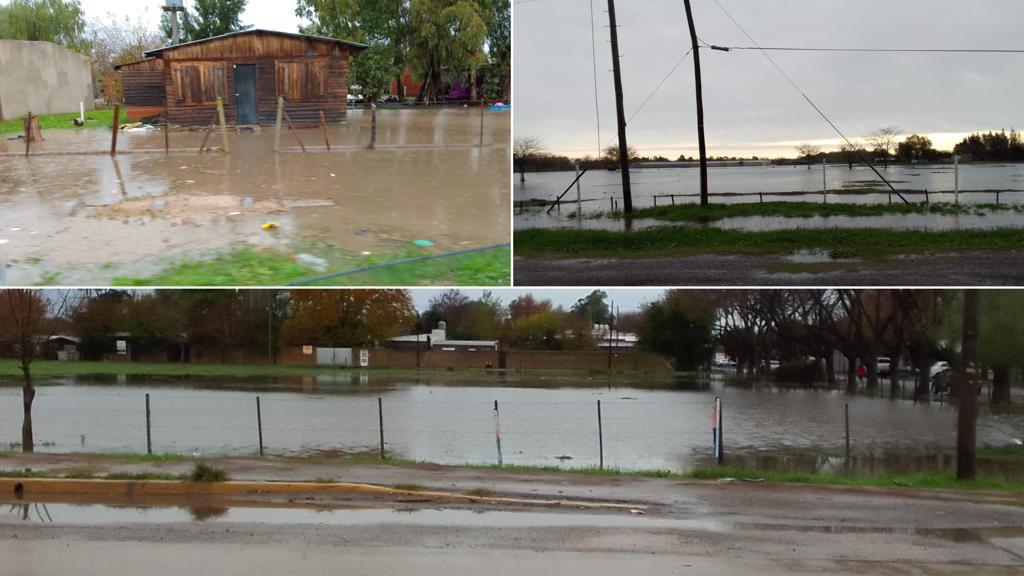
Yesterday there was an orange alert in the city of La Plata. One of the heaviest rains in the last four years took place during the day of May 25, affecting the neighborhoods of Romero, Olmos, Abasto and Echeverry, among others on the periphery of the urban area.
While the red circle of politics paid attention to a possible definition of the Frente de Todos candidacy, in various areas of La Plata the concern was another. In total, it is estimated that 130 millimeters of water rained, which mainly affected those neighborhoods that are located in low-lying areas and close to streams that were overflowing, as well as the drains that are clogged by garbage.

Every time the water begins to gather, it is impossible to avoid a very fresh memory: the 2013 flood, which, in addition to devastating the city, exposed the infrastructure crisis caused by neglect in infrastructure disinvestment and the lack of control of the real estate business.
One of the axes of the current campaign of the municipal government of Julio Garro is “Work and monitoring”, but the truth is that in the face of the climate crisis that makes heavy rains more common, they expose the precariousness of the “works” discourse.

A Municipality present for the real estate business
Mauricio Saldivar, director of Hydrometeorology of La Plata that depends on the Municipality, stated that “the most affected were the neighborhoods that grew without proper planning due to the fact that they are settlements or low-lying areas.” What this statement hides is that the municipality does not have a policy to plan and solve the immense housing problem in the city, which expels those who cannot afford housing to the periphery.

The only “housing” policy that exists today is the one printed by the big real estate and construction companies, which in addition to being expulsive, aggravates the basic problem in the city. The uncontrolled construction, which prevents the absorption of water and the destruction of wetlands for the construction of private neighborhoods prevent these from absorbing and redirecting the rainwater towards the river.
Without responses from the provincial government, with the solidarity of the population
But it is not just about the municipality of La Plata. In Greater La Plata it is estimated that there are 260 settlements in which 50,000 families live. And this reality is repeated in the rest of the province.
Garro campaigns, showing the works against the flood.
The neighborhoods of #LaPlata show reality.
Families that lose everything again. Enough of governing for real estate speculation! pic.twitter.com/UXiOgDCflv— Luana Simioni (@LuanaSimioni) May 26, 2023
The housing problem and the consequences of the climate crisis affect the province of Buenos Aires as a whole. Construction and real estate speculation means that hundreds of thousands of people have to take over land in order to have a home and live with the uncertainty of being evicted by the police, as happened during the storming of Guernica.

But when these precarious neighborhoods suffer the consequences of the lack of infrastructure, the response to solve the root problem from the Frente de Todos government is practically nil. There is no real housing plan for the popular sectors, which are condemned to precarious housing.
La Plata is a flood-prone city, and the authorities have known this fact for several years. Even so, in these situations there is no immediate or long-term response from governments. It is the same population, the same neighborhoods that begin to move in solidarity to help those who were flooded. True solidarity comes from below.
Source: www.laizquierdadiario.com

